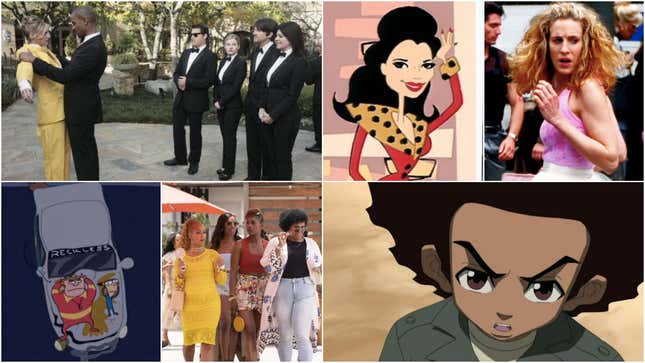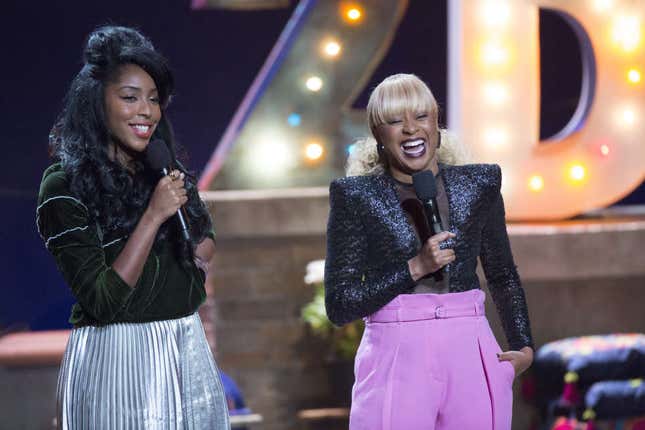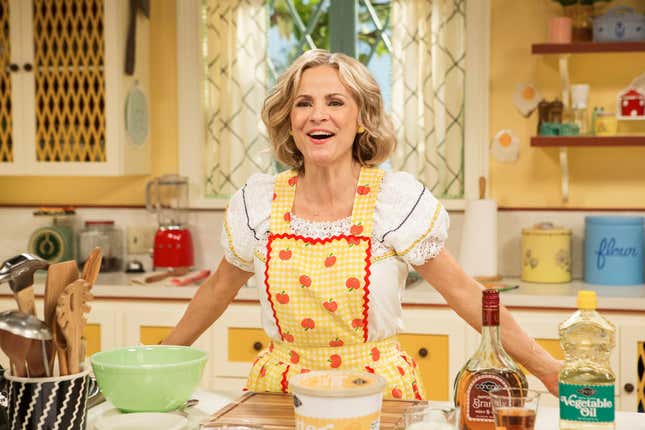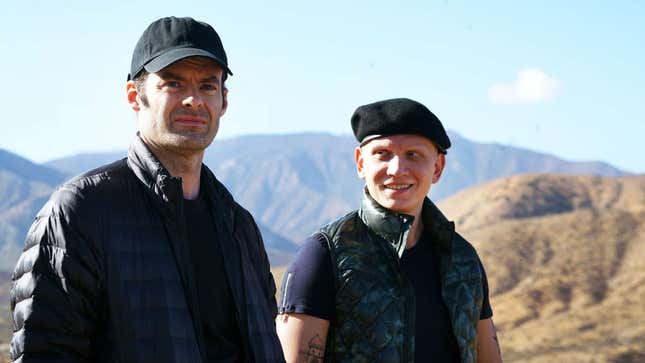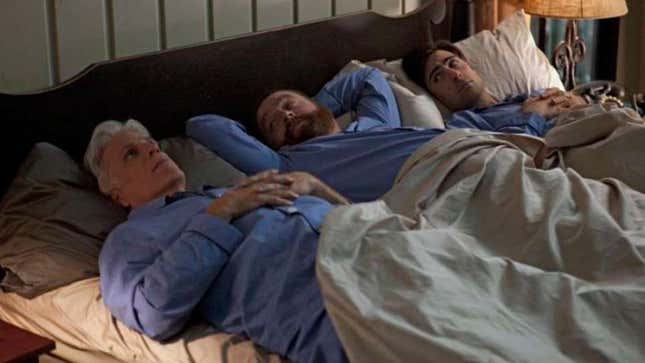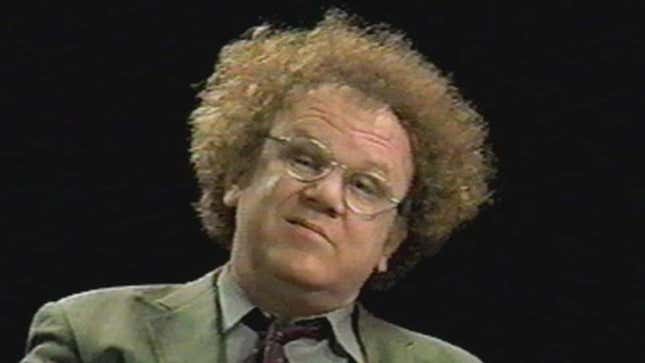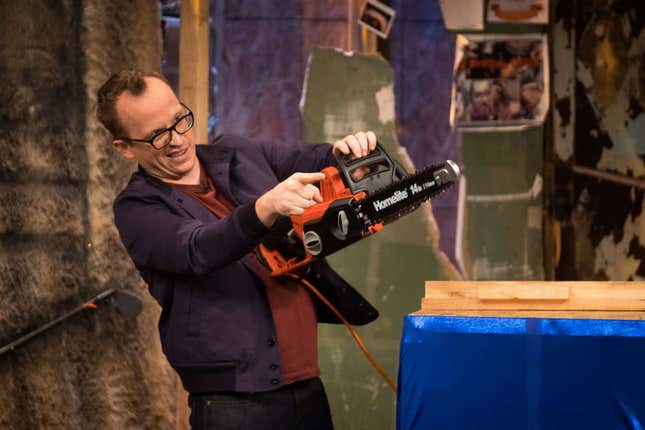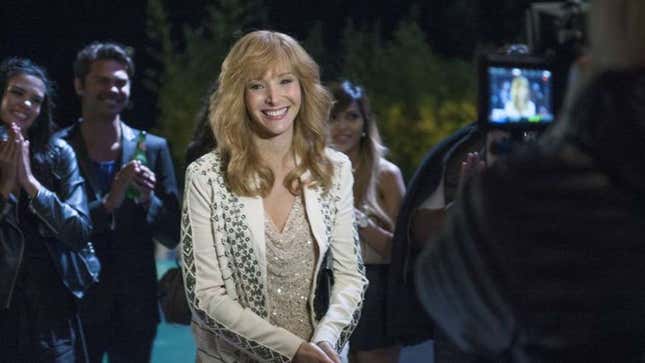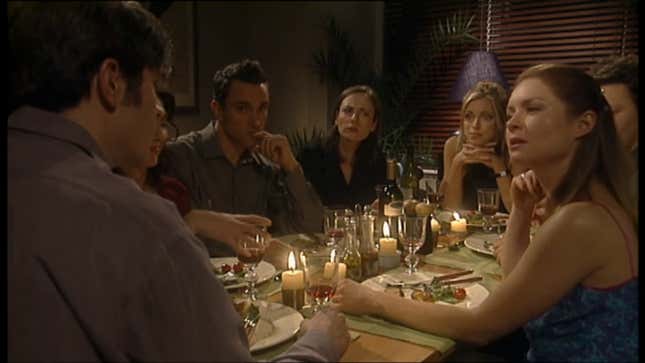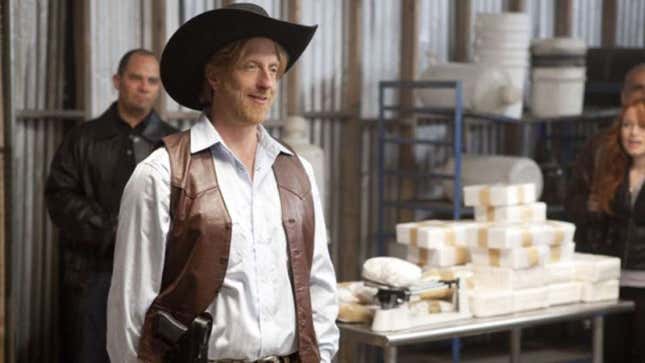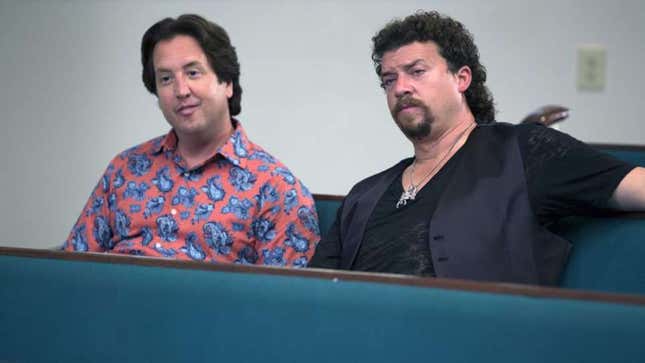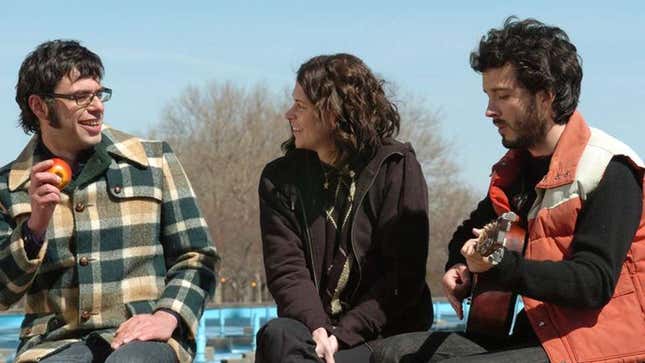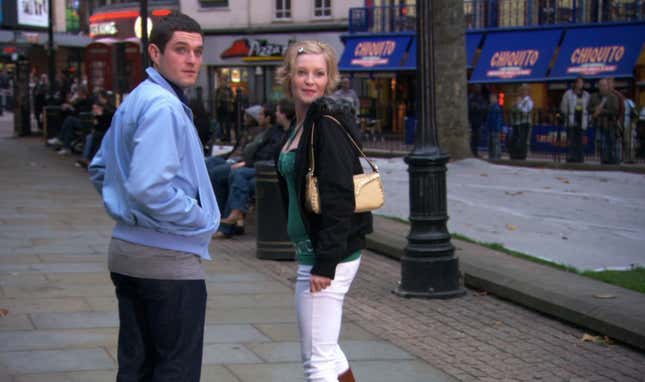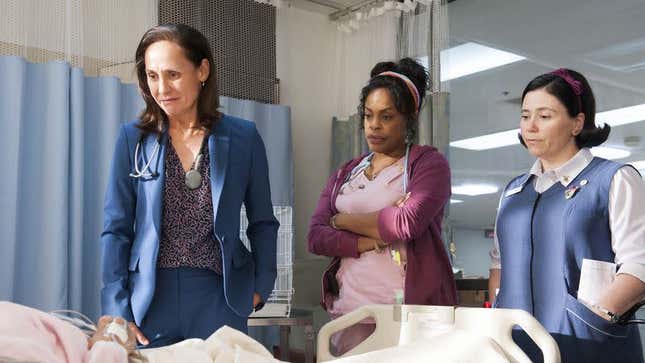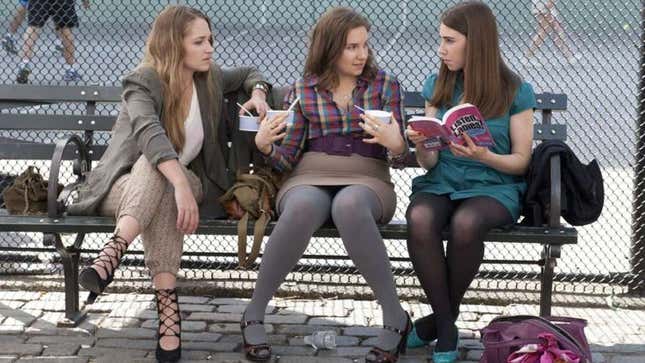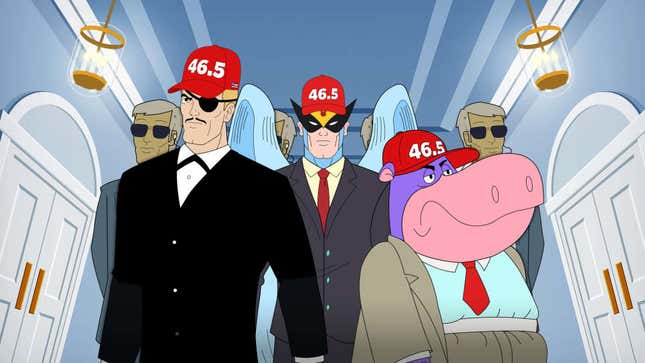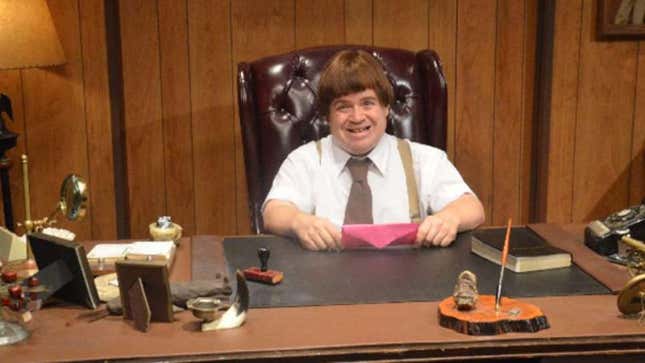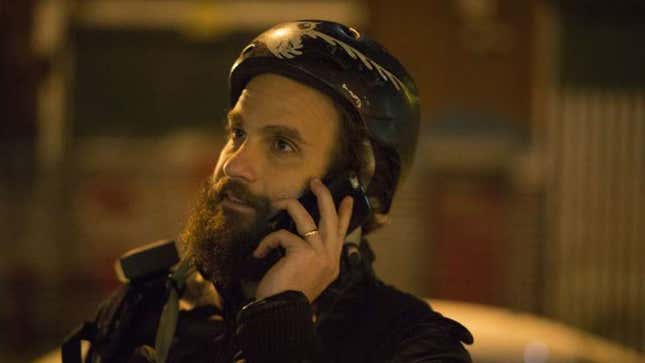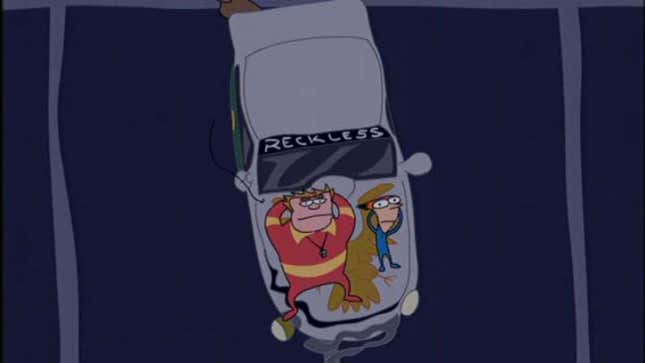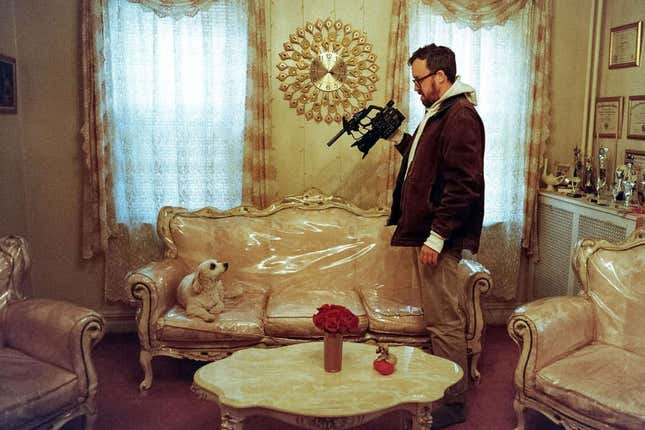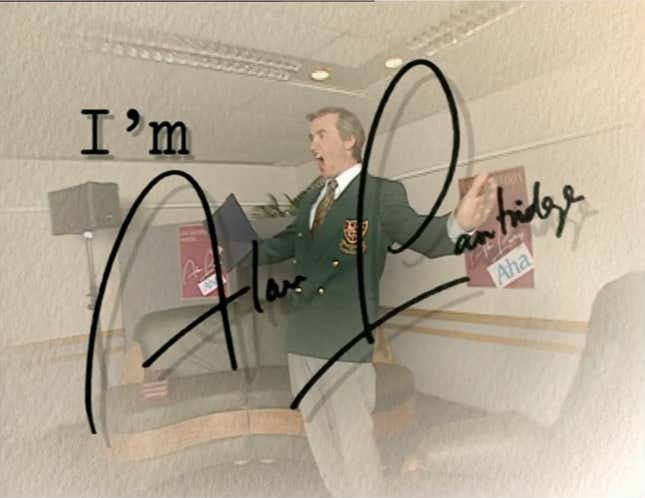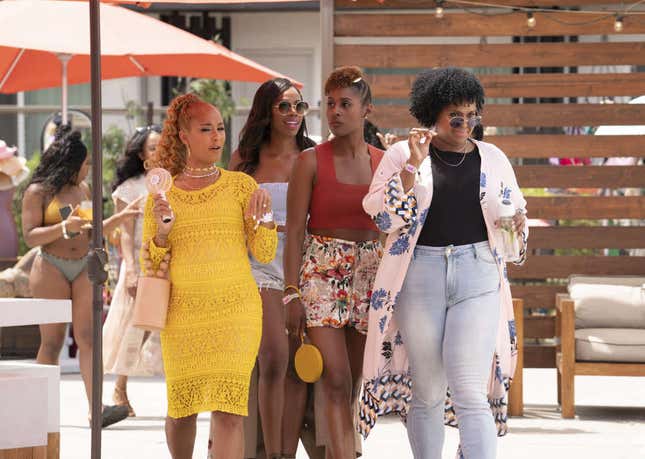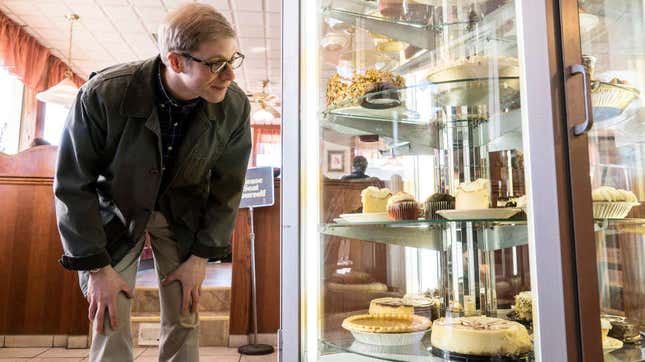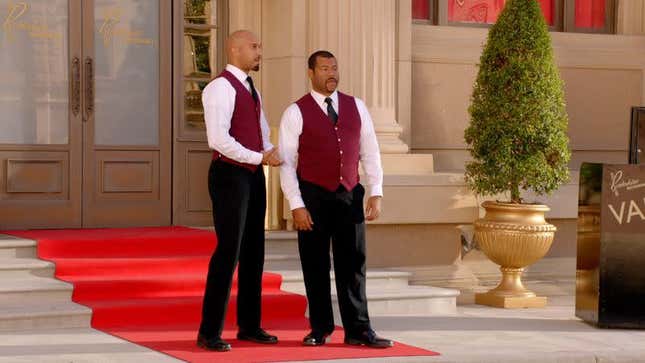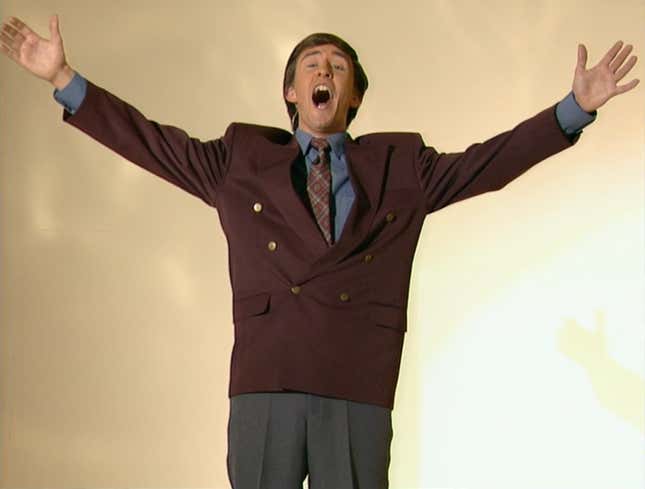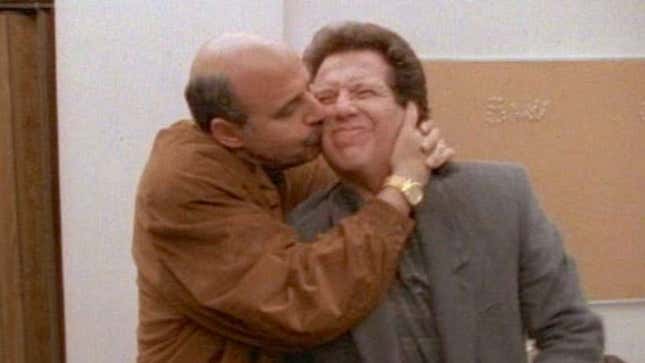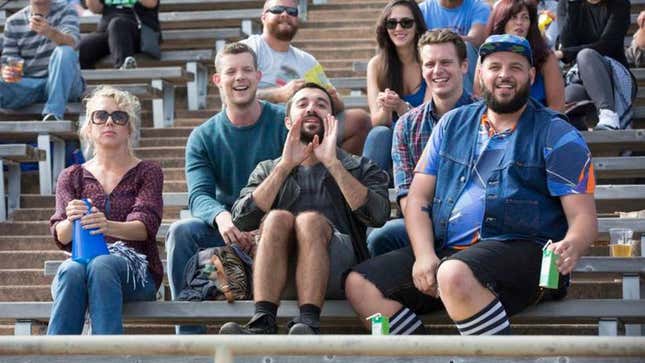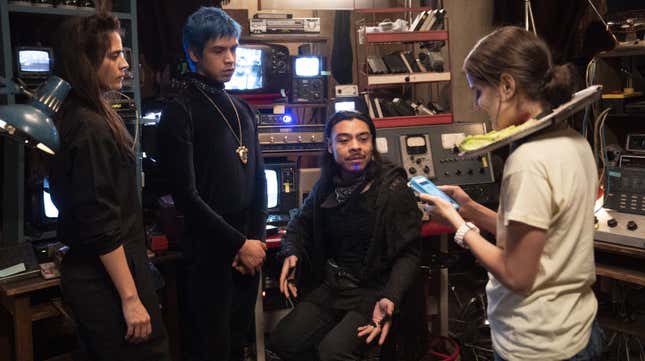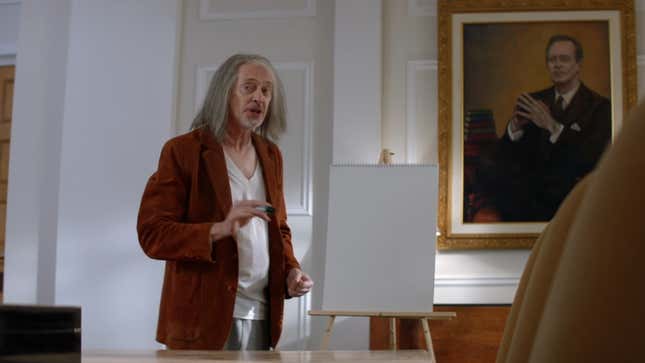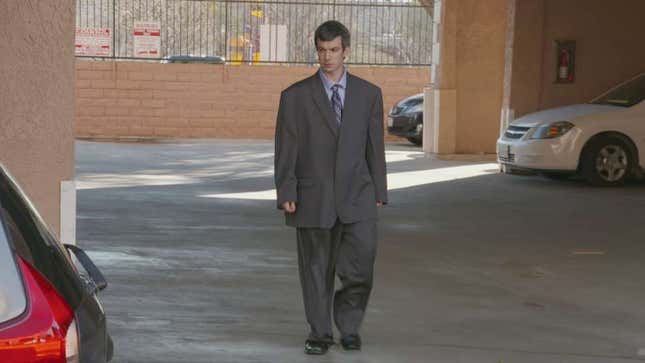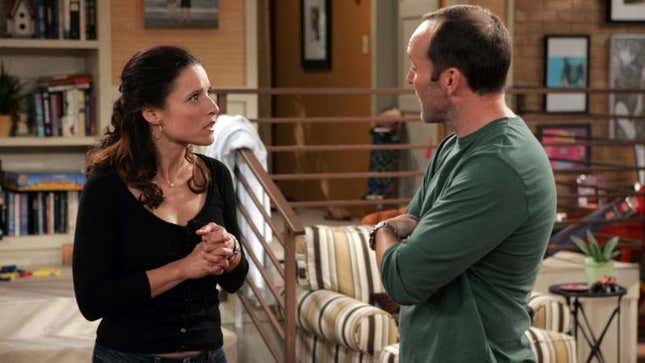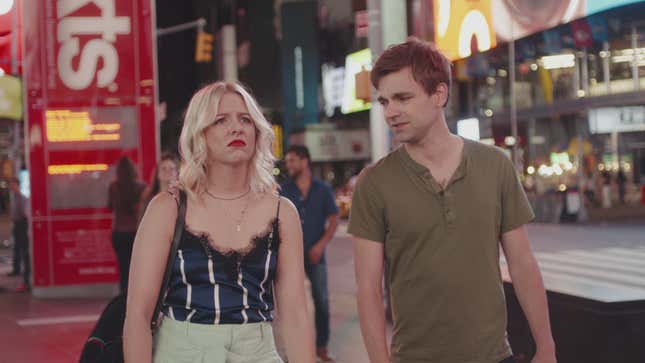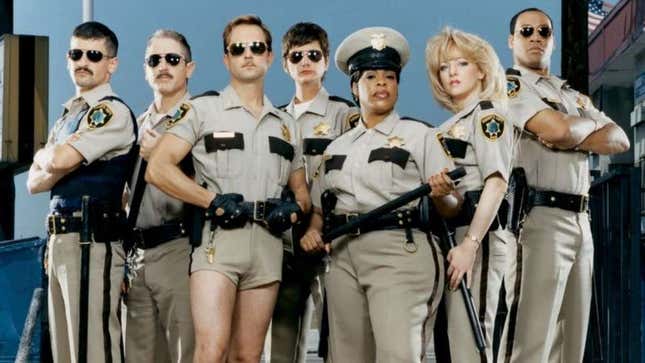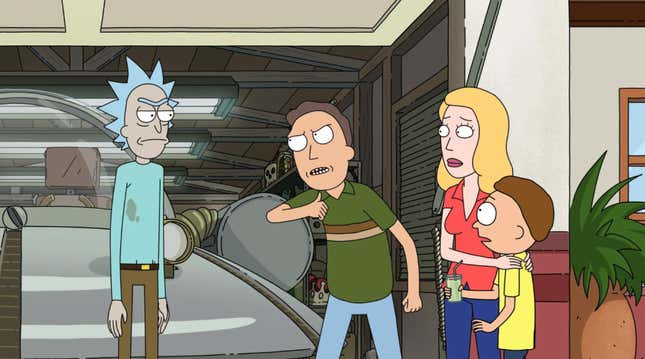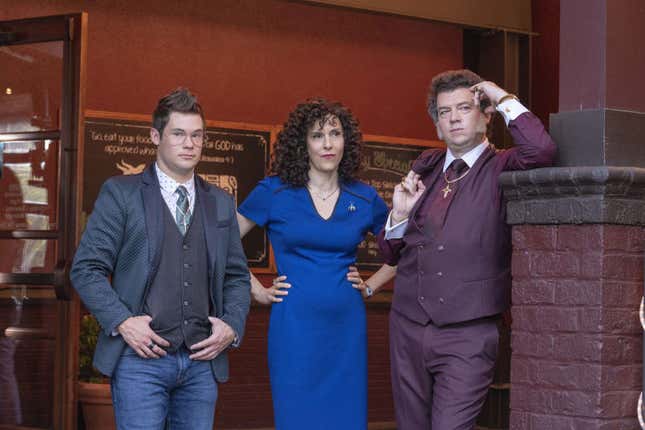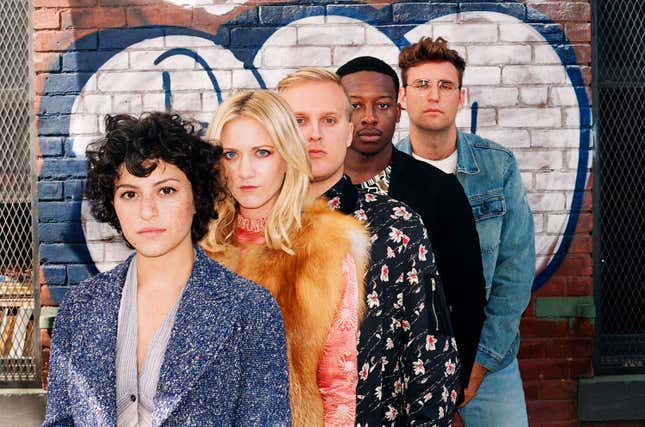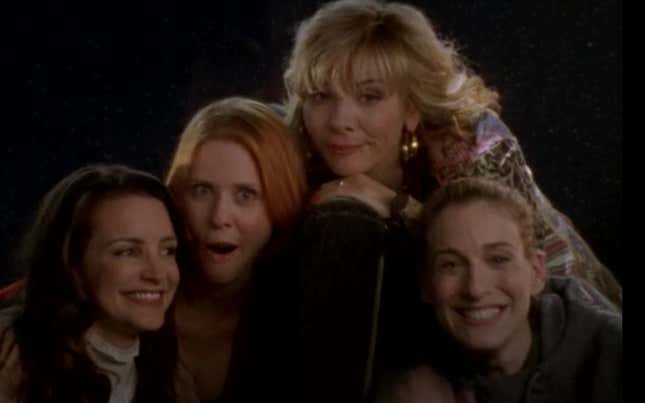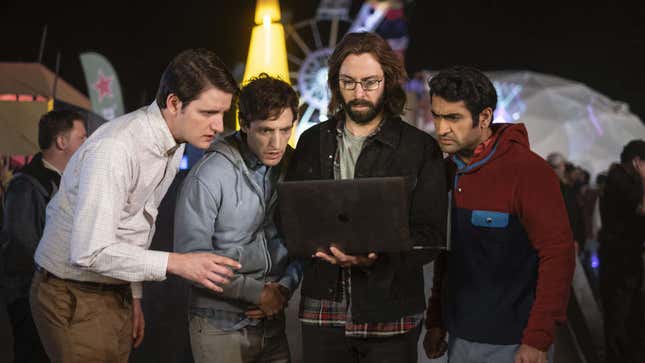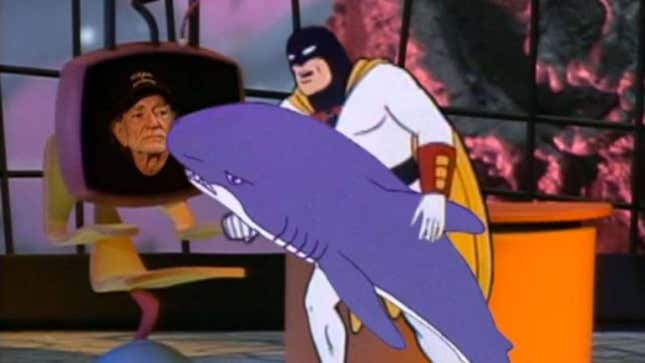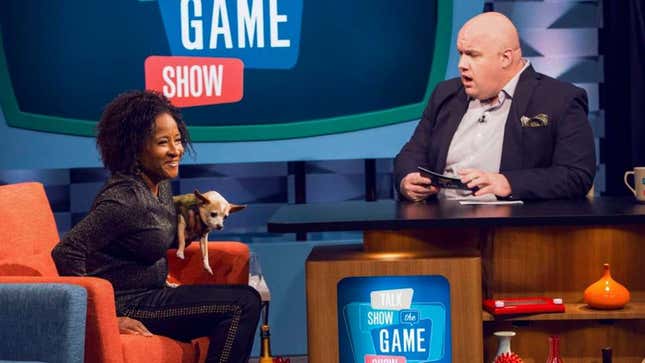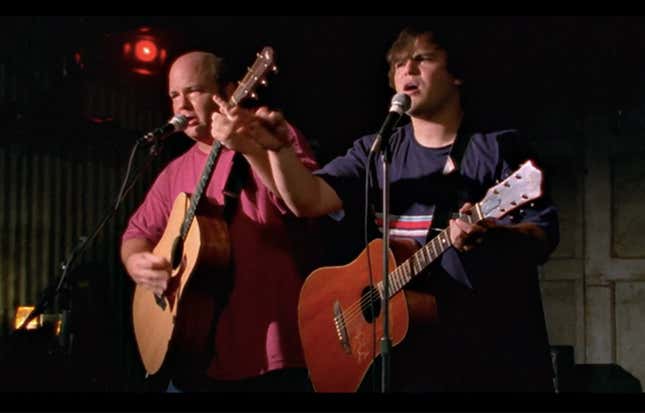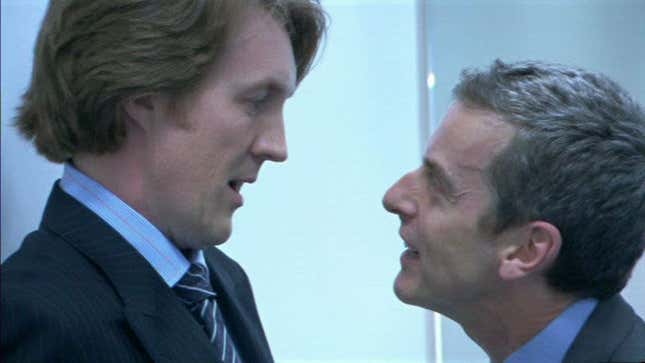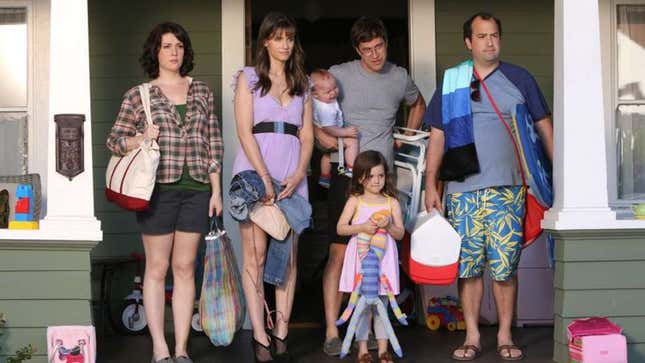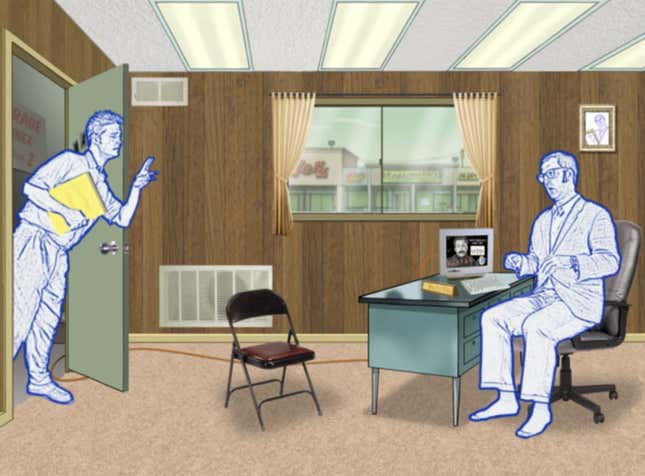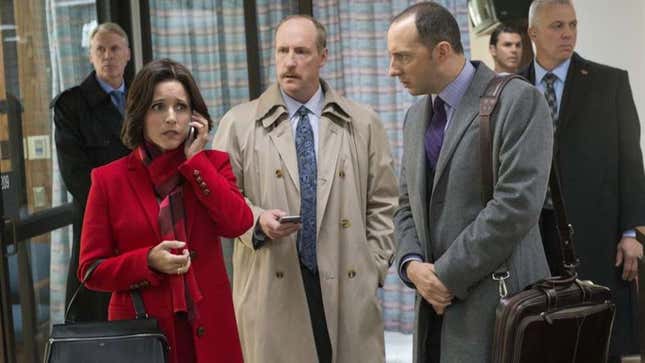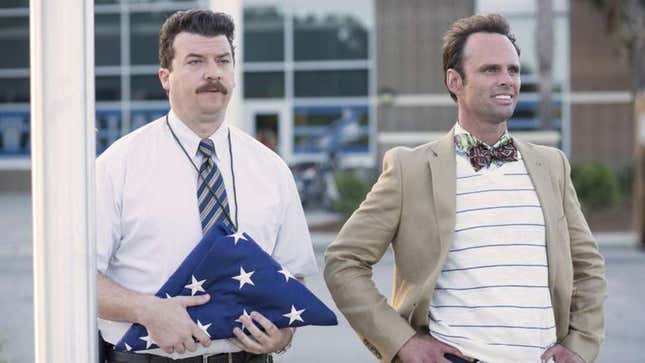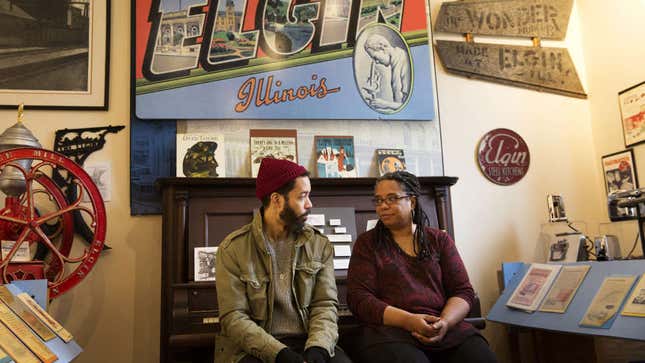Before the dawn of the 1994 TV season, networks were declaring that fall to be the year of the “family.” Building off of Urkel-related horrors like Family Matters, many TV creative powers were aiming to capitalize on the familial mindset with relatives-based series: Margaret Cho’s All-American Girl, Steve Harvey’s Me And The Boys, and not one but two shows that featured orphans trying to raise themselves and stick together: On Our Own and Party Of Five.
As it turns out, 1994 was the year of some kind of family, but an unconventional one, as TV legend James R. Burrows was one of the few who foresaw the Friends explosion. Pilot director Burrows—who knew sitcom ensembles from his work on The Mary Tyler Moore Show, The Bob Newhart Show, Taxi, and Cheers, among many others—knew that the magnetic chemistry of the cast was going to be the show’s main draw. At a Hollywood event in his honor [in 2013], Burrows recalled, “I said to Les Moonves, who was then running Warner Bros., ‘Give me the plane—I want to take the six kids to Vegas to talk to them.’ It was me and the six of them, and I said, ‘This is your last shot at anonymity.’ I knew that this show had a chance to really take off.”
Friends did more than take off: It changed the sitcom landscape by breaking from many typical formats. The show did not revolve around a family home or a workplace, but a makeshift clan that seemed familiar to Gen Xers who were forming their own similar connections. The six twentysomething stars were so young that network execs initially suggested an “older mentor type” to give the show’s opinions more weight. The first sitcom not to feature any sort of authority figure (i.e., parent or boss) was The Monkees, which debuted in 1966 (I like this parallel because Matthew Perry’s delivery always seemed rather Dolenzian). Hip young sitcoms of earlier eras usually featured young couples (Bridget Loves Bernie, He & She), en route to eventually starting their own families. It’s safe to say that before Friends, the youth sitcom was far from as prevalent as it is today (although Living Single, a sitcom about six African American friends living in Brooklyn, preceded Friends by a year). [Gwen Ihnat]
